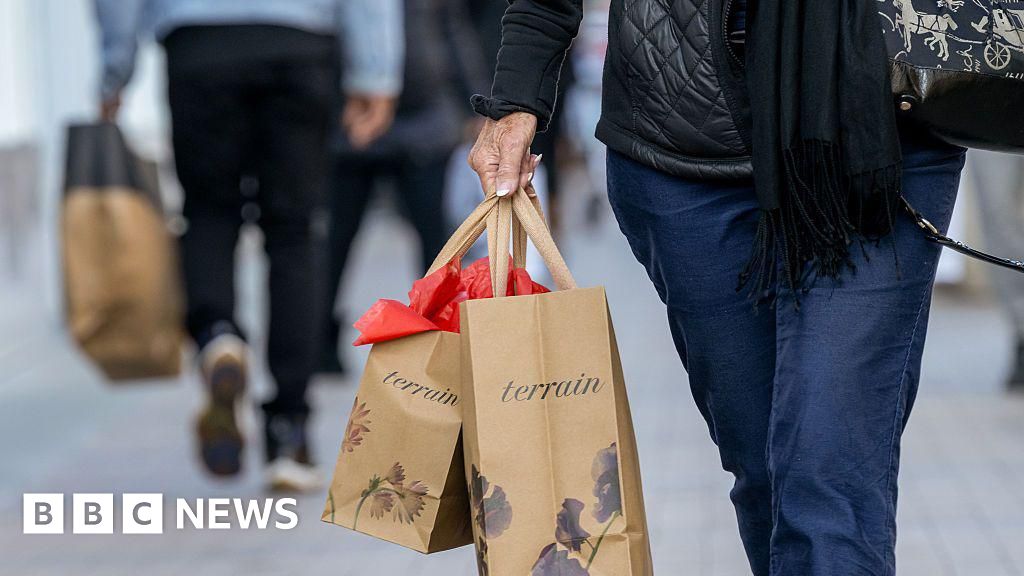Business
Srinagar-Jammu National Highway: Disruption Hits Life In Kashmir, Fruit Growers Fear Huge Losses

Srinagar-Jammu National Highway: The continued disruption of the Jammu-Srinagar national highway has adversely affected the availability of essential supplies in Kashmir, and the fruit growers and traders fear irreparable loss to the industry unless the highway is restored to heavy vehicular traffic immediately.
The traffic department advisory said only light vehicles would be allowed to move on the Srinagar-Jammu highway on Tuesday. Hundreds of apple-laden trucks have been stranded on the highway for many days, as the consignments are likely to rot unless the highway opens without further delay.
These trucks are parked at different places on the highway, unable to move beyond Udhampur due to the sinking of a portion of the highway at Tharad. A major sinking stretch of the road, measuring approximately 50-60 meters near the Tharad Bridge, has caused the highway to close for traffic, with efforts to clear debris and restore the road continuing amidst further damage and unstable terrain.
Fruit growers have already suffered huge losses due to the NH closure, as the apple consignments in the stationary trucks have rotted. Growers are living life on the edge in the Valley, fearing that unless the highway is immediately restored, the horticulture industry would have suffered irreparable losses in Kashmir.
Chief minister Omar Abdullah said on Monday on X, “Just spoke to Union Minister @MORTHIndia @nitin_gadkari Sb regarding the situation along NH 44 & the lack of connectivity with the rest of the country along this vital link. The frustration of fruit growers is understandable. They have been very patient for the first few days but watching their hard work rot because @nhidcl is unable to stabilise the highway, their patience has worn thin & that is totally understandable. Some concrete steps will be taken within the next 24 hours to address this problem but I will wait for that to happen before I say any more about the proposed plan of action.”
Affected by the disruption of the supply chain, most petrol refilling stations in the Valley operated with thin stocks as many put up boards stating that they had exhausted their stocks on Monday.
Long queues of vehicles at the petrol refilling stations added to the fear of the common citizen. Edibles are also being sold by the traders at self-imposed prices, taking refuge under the highway blockade. Chicken was sold at Rs 190 per kg while eggs cost a buyer Rs 240 per dozen in Srinagar city.
The scarcity is already hitting household budgets. Prices of vegetables and other edibles have begun to climb steeply in local markets. Traders say rates of onions, tomatoes and other essentials have doubled in some areas within a week, while milk and poultry are also becoming costlier. So far, medicines and foodgrains are freely available, and there has been no hoarding of these items in the Valley.
Business
US economy grows at fastest pace in two years

The US economy picked up speed over the three months to September, as consumer spending jumped and exports increased.
The world’s largest economy expanded at an annual rate of 4.3%, up from 3.8% in the previous quarter. That was better than expected, and marked the strongest growth in two years.
The figures offer a clearer picture of the state of the US economy heading into the end of the year, after data collection had been delayed by the US government shutdown.
The report showed consumer spending rising by 3.5%, compared with 2.5% in the previous quarter.
Business
Fish and chip shop offers 100 free Christmas meals in Southampton

“It’s just a way of us giving back to the community,” says a fish and chip shop owner, who is giving away 100 free meals on Christmas Eve.
Raj Khaira, from Southampton, has owned Top Catch fish and chips in Shirley for five years and says he wants to support lonely people in the area.
He says he feels lucky to have a big family but knows for some customers a conversation with a shopkeeper might be the only one they have some days.
He says the shop will give portions of sausage and chips to those in need as a way of “giving back to the people who haven’t got family around them and sometimes can’t afford a hot meal”.
Mr Khaira speaks about working in business all of his life and how much he enjoys meeting “different people every day, from different backgrounds”.
“I’ve done it since I was a young kid so it’s all I really know,” he says.
He adds that many of his customers are elderly and do not have connections over the festive period.
“Christmas for majority of us is probably going to be a joyful and busy day but for some people it’s probably going to be a quiet day,” he says.
After posting about the plans to donate on social media he received a lot of publicity and Mr Khaira is prepared to “probably do more than” 100 meals.
He says the shop has already organised a toy and present drop off to Southampton hospitals this December, with many of the donations coming from customers.
He says: “We’re only where we are as a busy shop because of our community and our lovely customers that come in and sometimes you’ve got to give back and I’m happy to do that.”
Looking back on some of the negative news reported in Shirley earlier this year with the rise in anti-social behaviour in the area, he admits he had suffered.
His shop window was smashed in the summer, but he says: “Christmas time lets us just try and forget that for a minute and just try and have a good time, and reflect back on the year and hopefully next year is going to be a better one.”
Business
Gold price shines by Rs8,500 per tola – SUCH TV

The price of per tola 24-karat gold in Pakistan increased by Rs8,500 on Tuesday, reaching Rs470,862 compared to Rs462,362 on the previous day.
According to the All Pakistan Sarafa Gems and Jewellers Association, the price of 10 grams of 24-karat gold rose by Rs7,288, climbing to Rs403,688 from Rs396,400 on last day.
Likewise, the rate of 10 grams of 22-karat gold went up by Rs6,681, closing at Rs370,060 against Rs363,379.
In the international market, gold prices increased by $85, reaching $4,485 compared to $4,400 on the previous day.
Meanwhile, the price of per tola silver and that of 10-gram remained stagnant at Rs Rs7,205 and Rs6,177, respectively. International silver prices also remained unchanged at $69.30.
-

 Business1 week ago
Business1 week agoStudying Abroad Is Costly, But Not Impossible: Experts On Smarter Financial Planning
-

 Fashion5 days ago
Fashion5 days agoIndonesia’s thrift surge fuels waste and textile industry woes
-

 Business1 week ago
Business1 week agoKSE-100 index gains 876 points amid cut in policy rate | The Express Tribune
-

 Sports1 week ago
Sports1 week agoJets defensive lineman rips NFL officials after ejection vs Jaguars
-

 Business5 days ago
Business5 days agoBP names new boss as current CEO leaves after less than two years
-

 Tech5 days ago
Tech5 days agoT-Mobile Business Internet and Phone Deals
-

 Entertainment1 week ago
Entertainment1 week agoPrince Harry, Meghan Markle’s 2025 Christmas card: A shift in strategy
-

 Sports5 days ago
Sports5 days agoPKF summons meeting after Pakistani player represents India in kabaddi tournament











